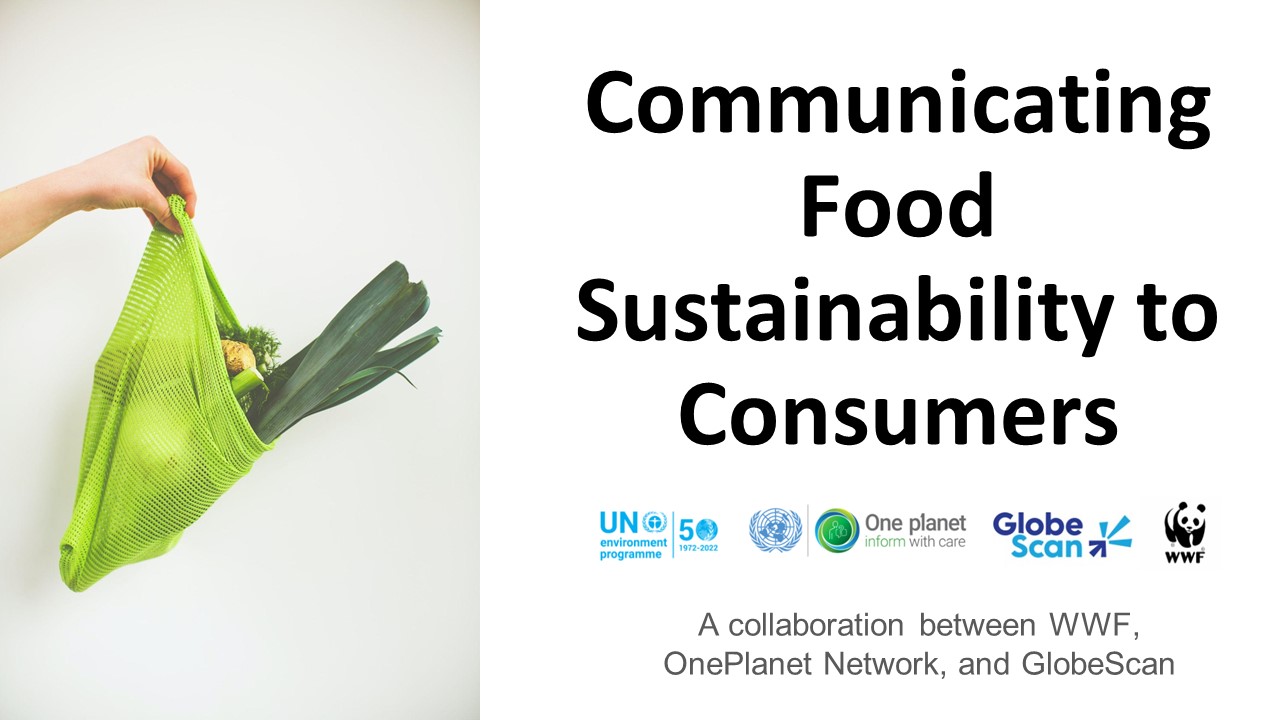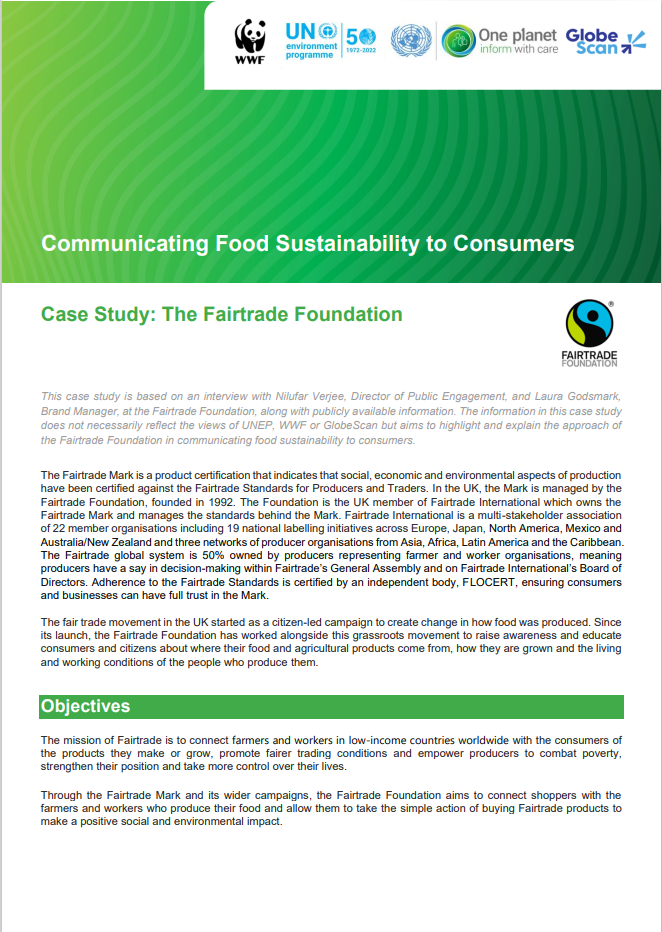GLOBAL MINIMUM TRANSPARENCY STANDARD for hazardous chemicals in products
The objective of the project is to develop a Global Minimum Transparency Standard (GMTS) as a tool for companies to disclose hazardous chemicals in their products along the whole lifecycle of materials and products.
The overarching purpose of the global minimum transparency standard (GMTS) is to achieve an equal level of access to information about the presence of the most hazardous chemicals in products, irrespective of country, and within and outside the supply chains for the products. This will help to make informed decisions for how the products are handled throughout their life cycles and ensure the global safety of human health and the environment. GMTS is a step towards stricter regulation or even a complete phase-out of hazardous chemicals from products.
The GMTS covers the same product scope as the SAICM Chemicals in Products Programme (CiP). However, the GMTS chemical scope is initially focused on chemicals that are recognized as chemicals of “global concern/particular concern” by chemical conventions or progressive regional legislation. It is also envisioned to be a living standard. Once the underlying conventions and regional legislation are updated, so will the GMTS, and it can also be expanded beyond regulated chemicals as needed. The proposed GMTS will, nevertheless, directly support the CiP Programme, and form an essential foundation for progressing the work towards its ultimate aspirational goal.
There is a clear link between nearly all SDGs and the sound chemicals and waste management. However, SDG 12, "Ensure sustainable consumption and production patterns", reflects explicitly the insight that chemicals and waste management are inextricably linked to the broader quest for resource efficiency and transparency of information on hazardous chemicals in materials and products.
For example, SDG target 12.4 states that "By 2020, achieve the environmentally sound management of chemicals and all wastes throughout their life cycle, in accordance with agreed international frameworks, and significantly reduce their release to air, water and soil in order to minimize their adverse impacts on human health and the environment". Its fulfillment requires the systematic identification of hazardous chemicals and restriction, phase-out, or substitution of the most toxic. This, in turn, requires transparency for chemicals in materials and products.
External source(s)



